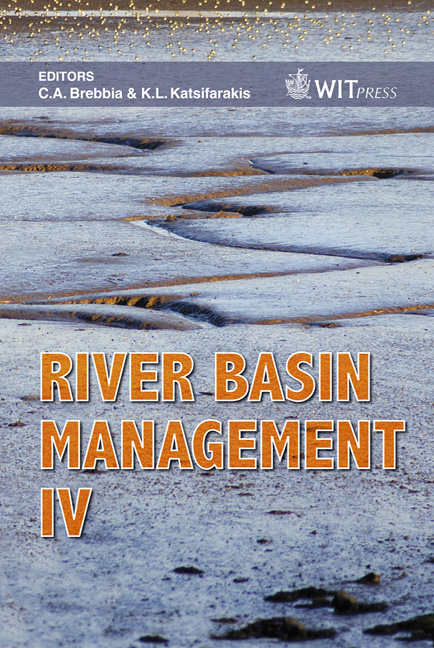Guidelines And Tools To Design And Manage Properly Dam–reservoir Systems
Price
Free (open access)
Transaction
Volume
104
Pages
11
Published
2007
Size
918 kb
Paper DOI
10.2495/RM070101
Copyright
WIT Press
Author(s)
J. S. Antunes do Carmo & R. F. Carvalho
Abstract
The high costs associated with the building of a dam, as well as the material and human damage which would result if it failed, make it essential that careful studies should be carried out on natural accidents and their consequences, which can endanger these constructions. Natural hazards such as floods, earthquakes and landslides are important contributors to risk. The integrated study of these phenomena is therefore unquestionably something which must be considered in the project phase of a dam, especially when the construction site is placed in a high risk seismic activity zone, or when geological studies of the banks indicate the existence of potential landslide areas. Human behaviour is another element of dam failure risk: errors, simple mistakes, operational mismanagement or unnecessary oversights can interact with other hazards to compound the possibility of failure. Thus, there is a broad range of natural and human hazards which, taken separately or in combination, increase the probability of dam failure and injury to people and property. Risk analysis involves the consideration of a number of hazards and scenarios. Such analyses are helpful in stimulating better awareness, planning and design. Adding to the risks resulting from hydrology - large-scale flooding, landslides and earthquake movements, other risks tend to result from design errors, construction aspects and operating problems. Risk management includes risk control and mitigation in order to avoid risks increasing with the passage of time. Keywords: dam–reservoir systems, floods management, earthquakes, landslides, laboratory experiments.
Keywords
dam–reservoir systems, floods management, earthquakes, landslides, laboratory experiments.





